Together for mapping lunar surface chemistry
Published in Astronomy

The history of lunar chemical maps
The lunar surface is a window through that we can view the history of the Moon. The lunar surface chemistry of major elements, i.e., Ti, Fe, Al, Mg, Ca and Si are critical for revealing mineral composition and petrological characteristics of the Moon. It is the record of Moon’s formation and subsequent geologic evolution.
Unlike Earth, the lunar global geochemical composition is hard-to-reach. Over the past 55 years, lunar samples collected by six Apollo and three Luna missions provide the most direct and accurate information about the elements of the Moon. Remote sensing technology, e.g., high-energy and optical techniques, are indirect and important measurements of chemical properties of lunar material on lunar surface.
For decades, scientists persevered in estimating the global distributions of major oxides contents with optical remote sensing images by using abundance algorithms and inversion models. In these lunar chemical maps, the surface composition quantitatively estimated by optical remote sensing images and calibrated with the Apollo and Luna samples abundances.
However, the oxide contents in these maps exhibit varying degrees of differences. The main differences area presents in lunar nearside maria and the South Pole-Aitken Terrane (SPA). Lunar maria are widely filled with lunar mare basalt which are the product of lunar volcanism. Figure 1 shows the difference map of the TiO2 abundance derived from high-energy and optical data in the lunar nearside maria. The higher difference mainly in the centre of the Procellarum-KREEP-Terrane (PKT), where the young mare basalts are distributed and the volcanism maybe active between 1.0-2.5 Ga.
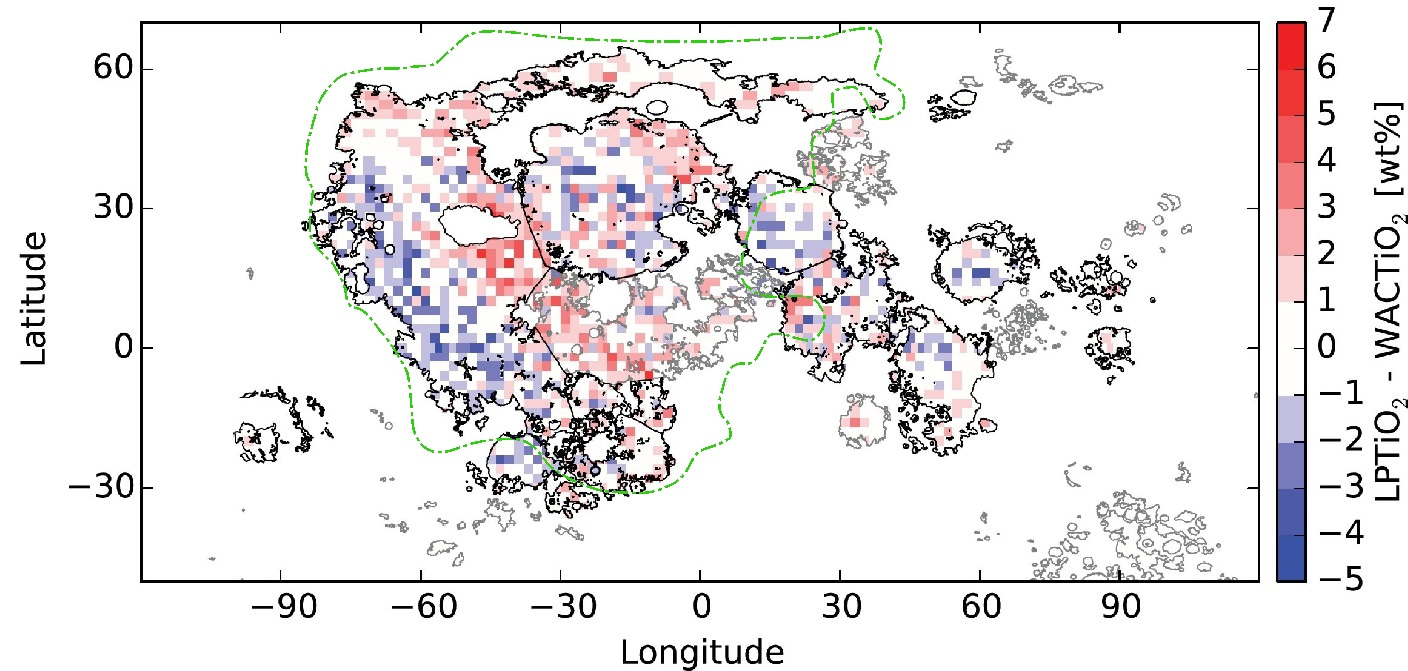
Figure 1. The difference map of TiO2 abundance derived from Lunar Prospector GRS observations (LPTiO2) (Elphic et al., 2002; Prettyman et al., 2006) and the UV/Vis reflectance (WACTiO2) (Sato et al., 2017); the outline of Procellarum KPEEP Terrane (PKT) is in green (Joliff et al.,2000).
What causes this difference? By analyzing, we found that the samples returned by the Apollo and Luna missions are in the low latitude region, and ages of these samples are centered at 3.0 Gyr ago. Obviously, only using these samples cannot reflect geochemical composition of the critical late period of the Moon. Young lunar samples with different chemical characteristics are necessary for a more accurate surface chemistry estimation.
Indispensable assistance from Chang'e-5 samples.
On 1 December 2020, forty-five years after the Apollo and Luna missions returned lunar samples, China’s first lunar-sample-return mission Chang'E-5 (CE-5) successfully collected new samples from the mid-latitude, i.e., the northeastern Oceanus Procellarum (51.916◦W and 43.058◦N). Chang’e-5 lunar soil samples carry information about 2.0 Gyr volcanic activity on the Moon and consist of a new type of differentiated lunar basaltic rock carrying distinctive chemical contents compared with Apollo and Luna samples.
What results can be obtained if the Chang'e-5 samples are joined in estimating the global distributions of major oxides contents? With this question, we mapped the lunar surface chemistry by adding the Chang'e-5 samples in our Nature Communications paper.
For accurately mapping lunar surface chemical abundances, a deep learning-based inversion method was designed to model the complex relationships between the optical images and the major oxide abundances with Apollo, Luna and Chang’e-5 sampling points.
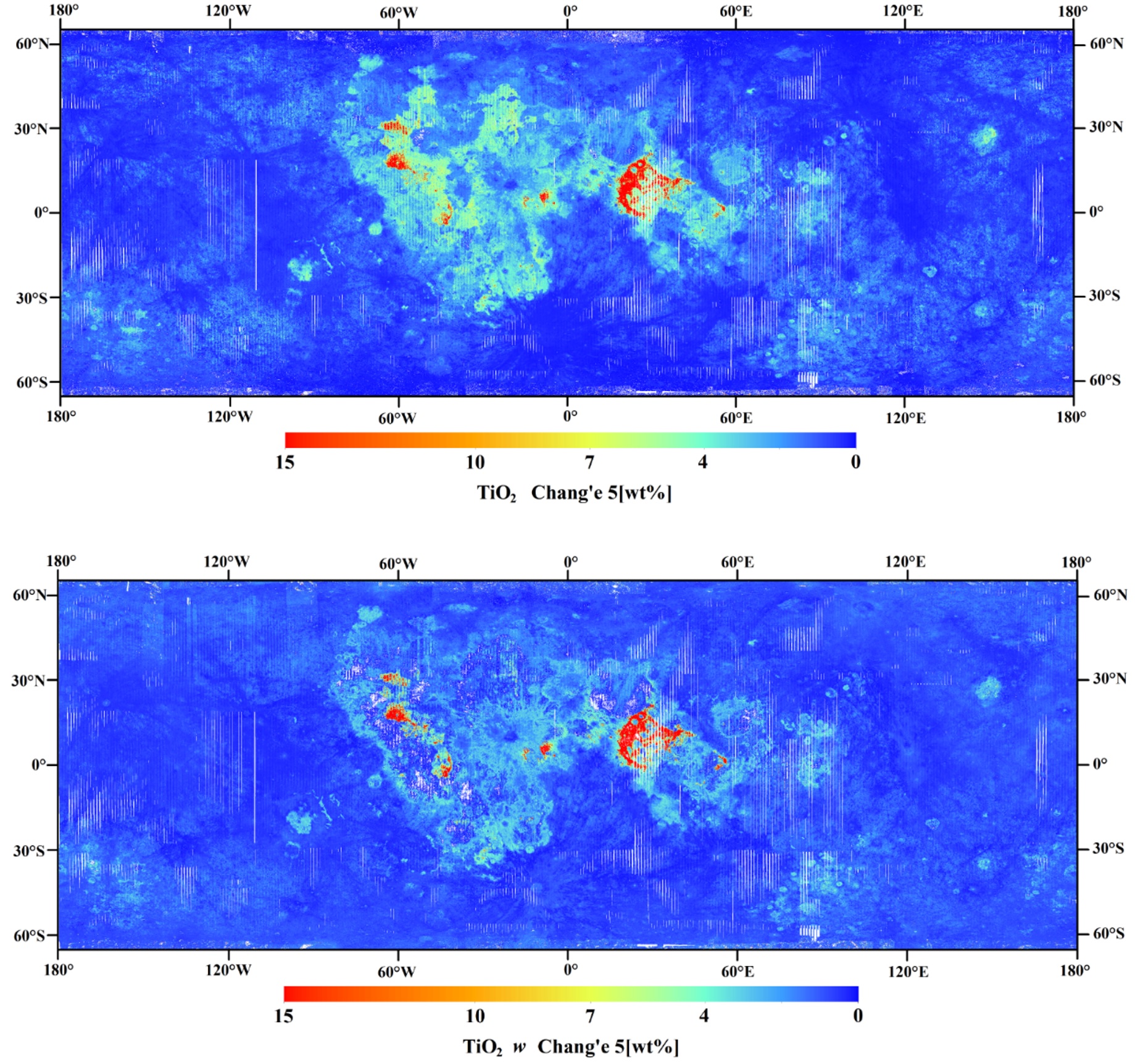
Figure 2. shows the maps of TiO2, abundances with (the image above) and without (the image below) Chang’e-5 samples. For the other major oxides, i.e., FeO, Al2O3, MgO, CaO and SiO2 abundances results please see the online version of our paper.
To verify the effect of the Chang’e-5 samples, two kinds of lunar surface chemistry maps, one with only Apollo and Luna samples and the other adding with Chang’e-5 samples are both given (Figure 2). The chemical contents of major oxides in the without Chang’e-5 maps have distinct differences relative to the Chang’e-3 and Chang’e-4 situ chemical compositions acquired by Active Particle-induced X-ray Spectrometer (APXS) on Yutu rover. Relatively speaking, the contents inferred by adding Chang’e-5 samples exhibits more reasonable values.
Compared with previous maps, the inferred chemical contents in the new maps show broadly consistent estimates and are more precise than the Lunar Prospector (LP) Gamma-Ray Spectrometer (GRS) maps and are closest to the abundances of current returned Apollo, Luna, and Chang’e-5 samples.
It is proven that Chang’e-5 samples carry information about young volcanic activity on the Moon and is indispensable in mapping lunar surface chemistry. According to this, the younger mare basalts regions were determined based on new inferred compositions (Figure 3). This identifies critical potential sites for the future of lunar exploration to reavel the late lunar magmatic and thermal history.
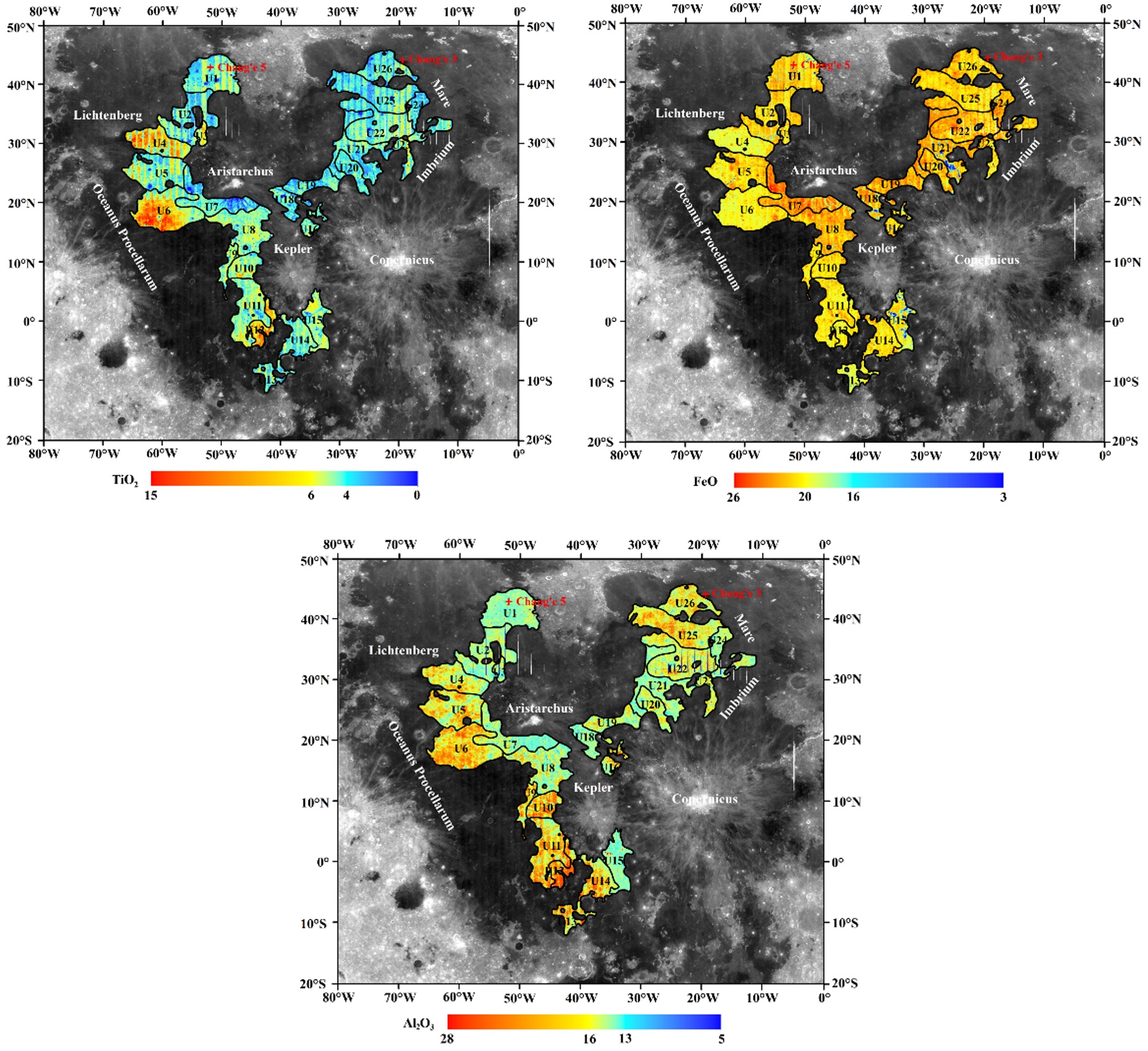
Figure 3. Young mare basalts unit determined based on new inferred TiO2, FeO and Al2O3 compositions. The black lines denote the boundaries of the young mare baslts units. The “+” denotes the Chang’e-5 ang Chang’e-3 landing sites. The age of young mare basalts was from Hiesinger et al.2011 and Yuqi Qian et al. 2023.
However, mapping lunar surface chemistry is a continuous research with the return of lunar samples. By 2024, China’s Chang'e 6 mission will collect samples from the SPA. At that time, the lunar surface chemistry would be further refined.
Follow the Topic
-
Nature Communications

An open access, multidisciplinary journal dedicated to publishing high-quality research in all areas of the biological, health, physical, chemical and Earth sciences.
Related Collections
With Collections, you can get published faster and increase your visibility.
Clinical trials 2025
Publishing Model: Open Access
Deadline: Dec 31, 2025
Women's Health
Publishing Model: Hybrid
Deadline: Ongoing

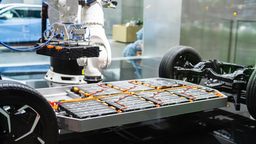



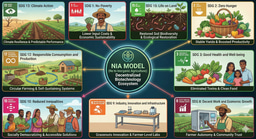
Please sign in or register for FREE
If you are a registered user on Research Communities by Springer Nature, please sign in